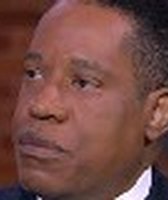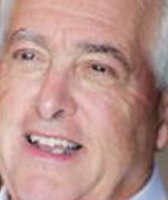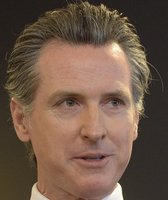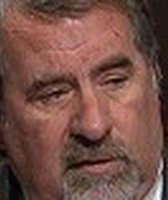Stand up for the facts!
Our only agenda is to publish the truth so you can be an informed participant in democracy.
We need your help.
I would like to contribute
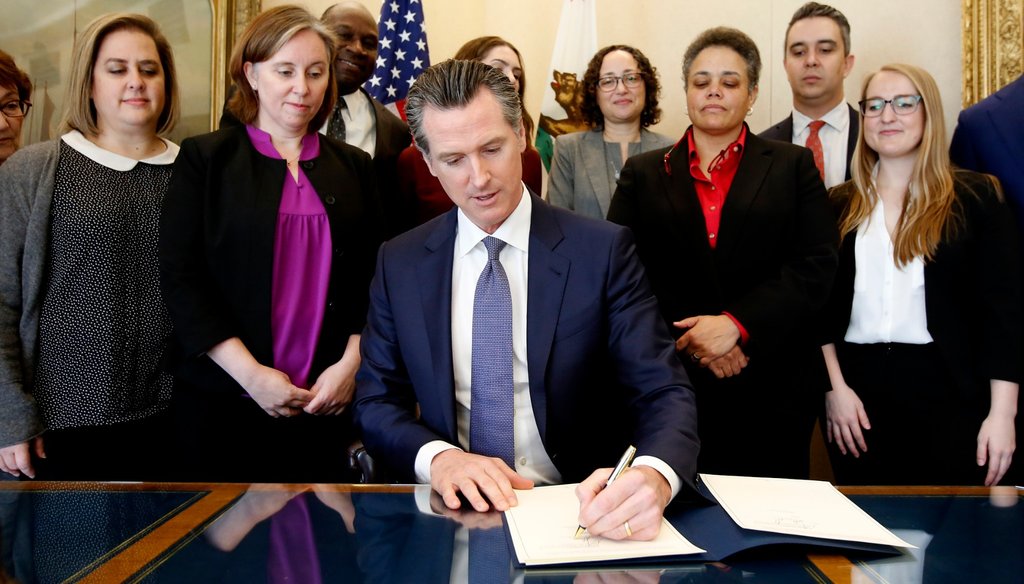
Gov. Gavin Newsom signs the executive order placing a moratorium on the death penalty at his Capitol office Wednesday, March 13, 2019, in Sacramento, Calif. Rich Pedroncelli / AP Photo
California Democratic Gov. Gavin Newsom put a freeze on the state’s death penalty last week, saying he could not oversee a capital punishment system he views as deeply flawed and immoral.
Some Republican state lawmakers, as well other respondents whose family members were killed by inmates who are now on death row, reacted with harsh criticism and disappointment.
Newsom’s executive order halts any executions during his time in office, but it doesn’t eliminate death row or change any sentences. He emphasized he supports life without parole.
A future governor could lift Newsom’s moratorium.
Former Gov. Jerry Brown also opposed the death penalty. But he never placed a hold on executions, nor was he ever forced to decide whether to spare an inmate from execution due to legal challenges during both his stints as governor.
Sign up for PolitiFact texts
Newsom, by contrast, said 25 death row inmates had exhausted their appeals and that his administration would have soon been required to restart executions.
During his announcement at the state Capitol, and in subsequent national media interviews on CBS, MSNBC and NPR, Newsom made several claims about the death penalty.
Last week, we rated True his statement that California has "the largest death row in the Western Hemisphere, the largest death row in the United States of America — two times the size of the next largest state: Florida."
We’ll address several more claims below:
The Yes on 62 campaign to abolish the death penalty made a similar claim in 2016. At the time, a spokeswoman for the campaign said it extrapolated the $5 billion estimate from a report by California’s Loyola Law School in 2011 that placed the cost of the state’s entire death penalty system at $4 billion.
One of the report’s authors told us in 2016 that the $5 billion figure was her updated estimate for how much state and federal taxpayers have spent on California’s entire death penalty system since 1978.
She said her estimates are derived from the cost of pre-trial investigations, trials, appeals and incarceration. Her report cites figures from the California Commission on the Fair Administration of Justice, among other sources.
During that campaign, California billionaire Tom Steyer shortened that claim to: "Since 1978, California has spent $5 billion to put 13 people to death." That ignored the fact that the cost has been spread over hundreds of cases since 1978, not just the 13 that led to executions. We rated Steyer’s claim Mostly False.
Much of California’s death row costs, from housing to medical care, will continue under Newsom’s moratorium.
Newsom was correct about the number exonerated in California and nationally, but his year is off. The total goes back to 1973. The governor relayed the correct year in subsequent interviews, including on MSNBC’s "The Rachael Maddow Show."
The exoneration figure comes from the Innocence List tracked by the Death Penalty Information Center. It includes defendants who "must have been convicted, sentenced to death and subsequently either a. Been acquitted of all charges related to the crime that placed them on death row, or b. Had all charges related to the crime that placed them on death row dismissed by the prosecution or the courts, or c. Been granted a complete pardon based on evidence of innocence."
The most recent California exoneration took place in 2018, when all charges were dismissed against death row inmate Vincente Benavides.
The Kern County man, who was 68 when released, had been sentenced to death in 1993 on charges that he had raped and murdered a toddler.
At Benevides’ trial, doctors testified that the toddler’s injuries could have been caused by rape. But they now say that she could not have been sexually assaulted, according to a Bakersfield Californian news article. Some doctors have said they weren't provided with all the medical evidence before testifying.
In making this claim, Newsom cited a 2014 study by the National Academy of Sciences. He went on to say that, if the study is accurate, "that means if we move forward with executing 737 people in California, we will have executed roughly 30 people that are innocent. I don’t know about you, I can’t sign my name to that."
The 2014 study projected "that if all death-sentenced defendants remained under sentence of death indefinitely at least 4.1% would be exonerated." It said that figure, which matches with Newsom’s claim of one in 25, was a conservative estimate of the false convictions among those sentenced to death in the United States.
The reason so many death sentence cases are overturned, the report said, is that they are automatically reviewed upon appeal and "almost all are reviewed repeatedly." Defendants, the study added, also have attorneys for as long as they remain on death row.
The report was produced by law professors at the University of Michigan and Michigan State University, along with faculty at the American College of Radiology Clinical Research Center and the University of Pennsylvania School of Medicine's Department of Biostatistics and Epidemiology.
We’ll continue to examine claims by Newsom and other California politicians on the death penalty and many additional topics.
Have you heard something that makes you say: ‘Is that true?’ If so, email us with a suggestion for a fact check at politifactca@capradio.org, or contact us on Twitter or Facebook.
Our Sources
Gov. Gavin Newsom, news conference, March 13, 2019
National Academy of Sciences, Rate of false conviction of criminal defendants who are sentenced to death, April 2014
Death Penalty Information Center, Innoncence List, accessed March 2019
CALmatters, Morally torn over state executions, will Gov. Jerry Brown ever permit one?, Dec. 5, 2016
Bakersfield Californian, Death row inmate Vicente Benavides released from custody Thursday after charges dismissed, April 19, 2018
Mercury-News, Newsom’s death penalty moratorium met with praise and rage, March 13, 2019
PolitiFact California, Did California spend $5 billion to execute 13 people?, Sept. 21, 2016
PolitiFact California, It's still True: California has ‘largest death row in the Western Hemisphere’, March 13, 2019
PolitiFact California, Truth be told: California has ‘largest death row in Western Hemisphere’, Aug. 12, 2016












